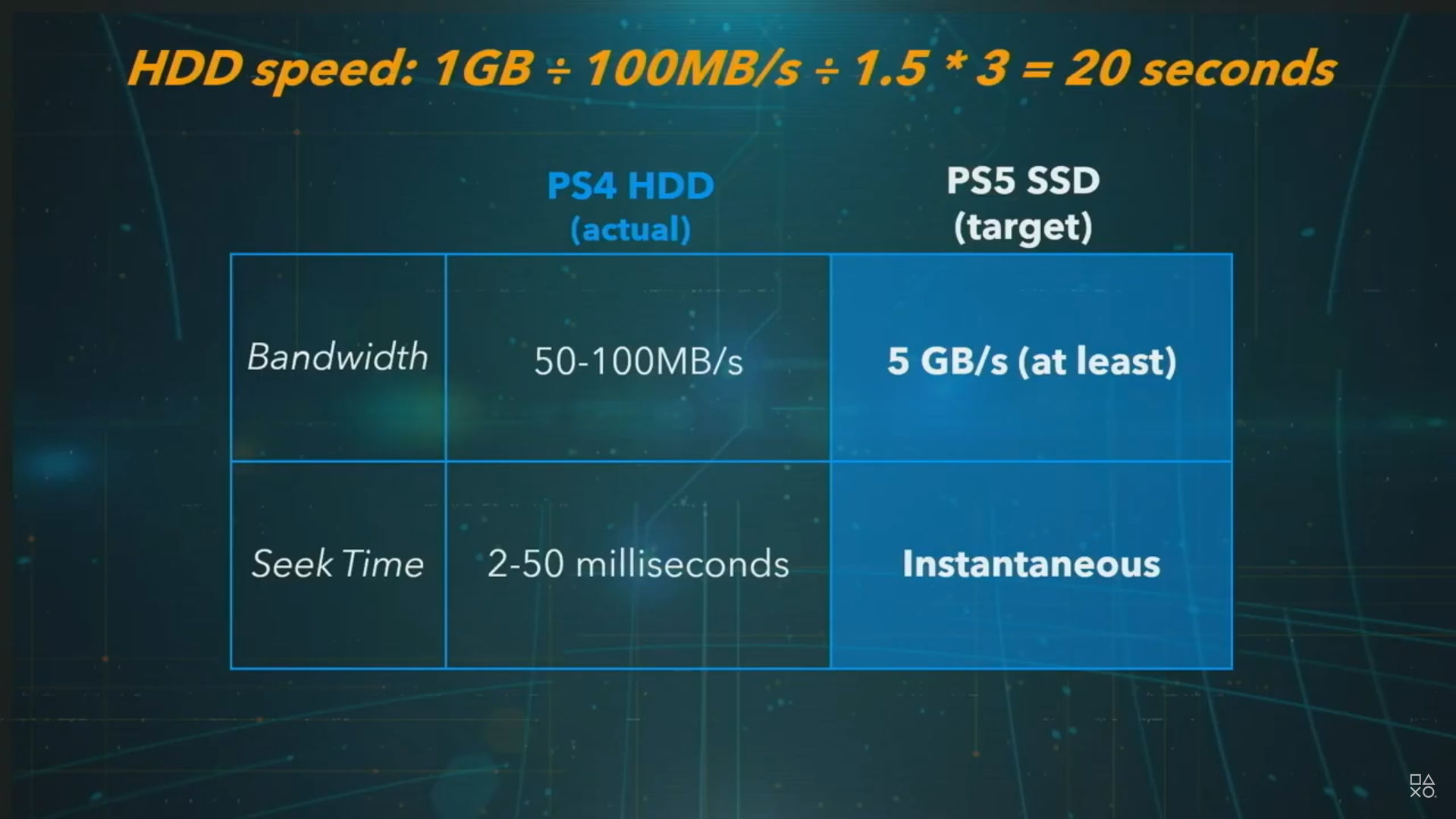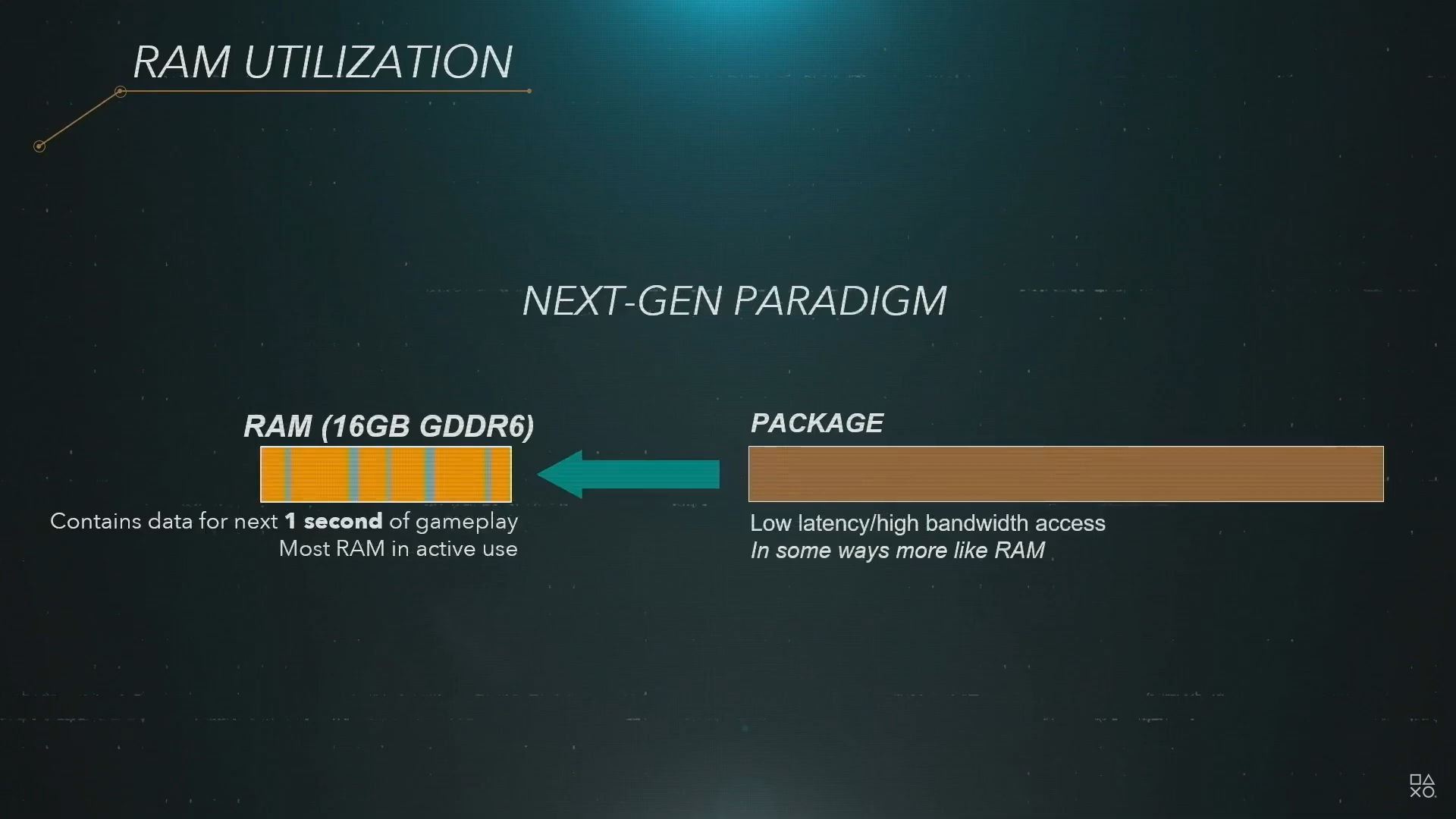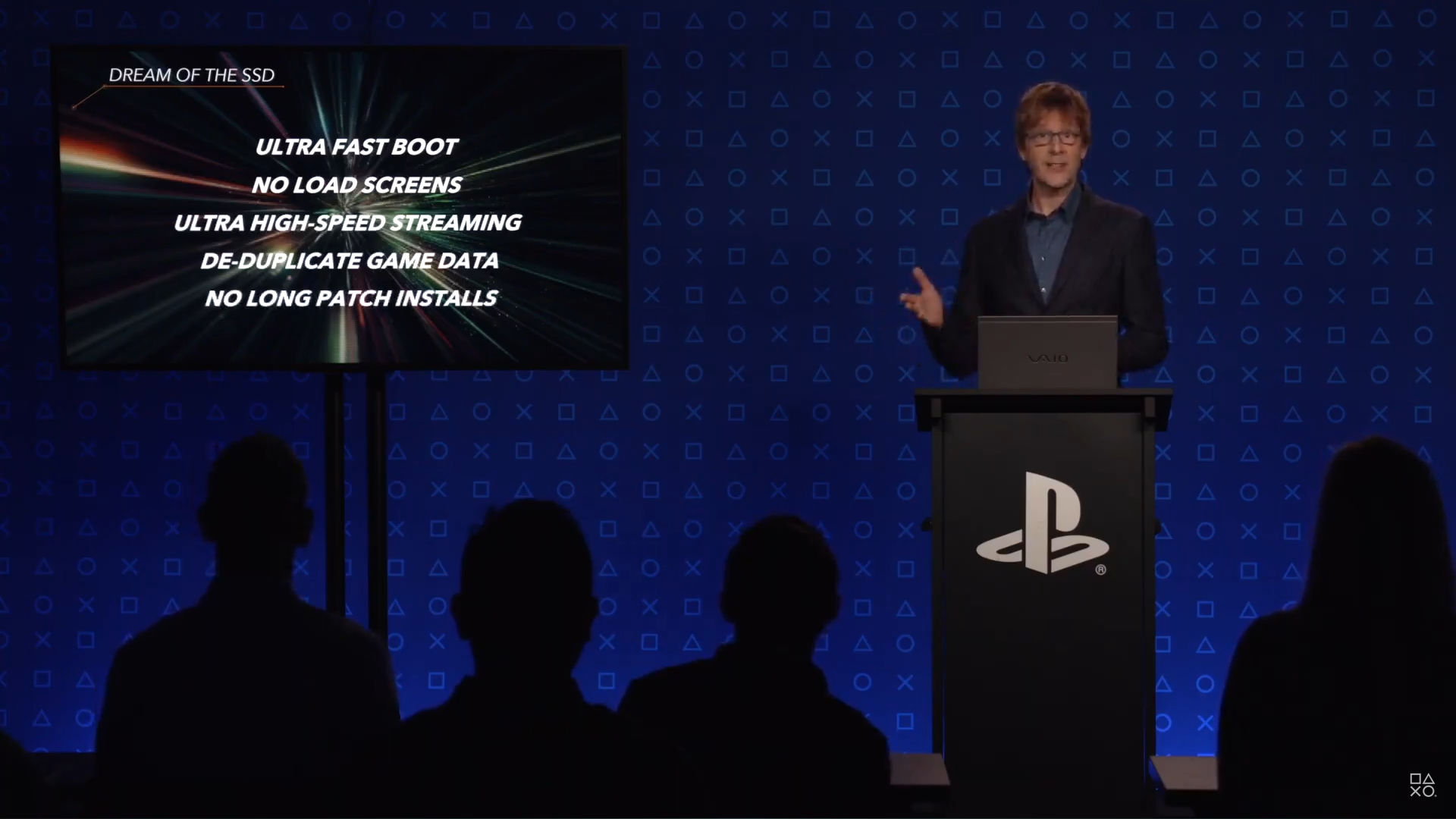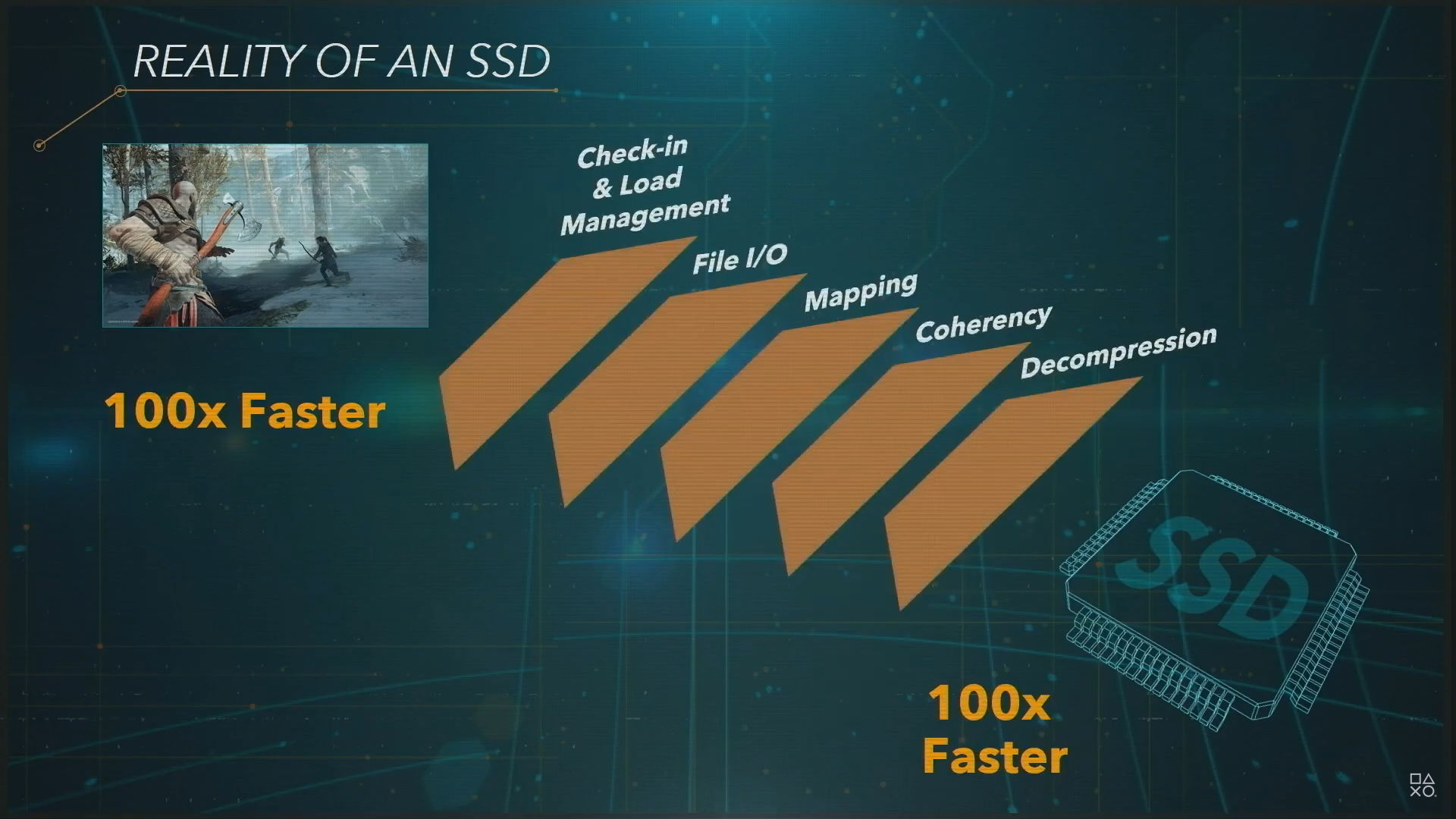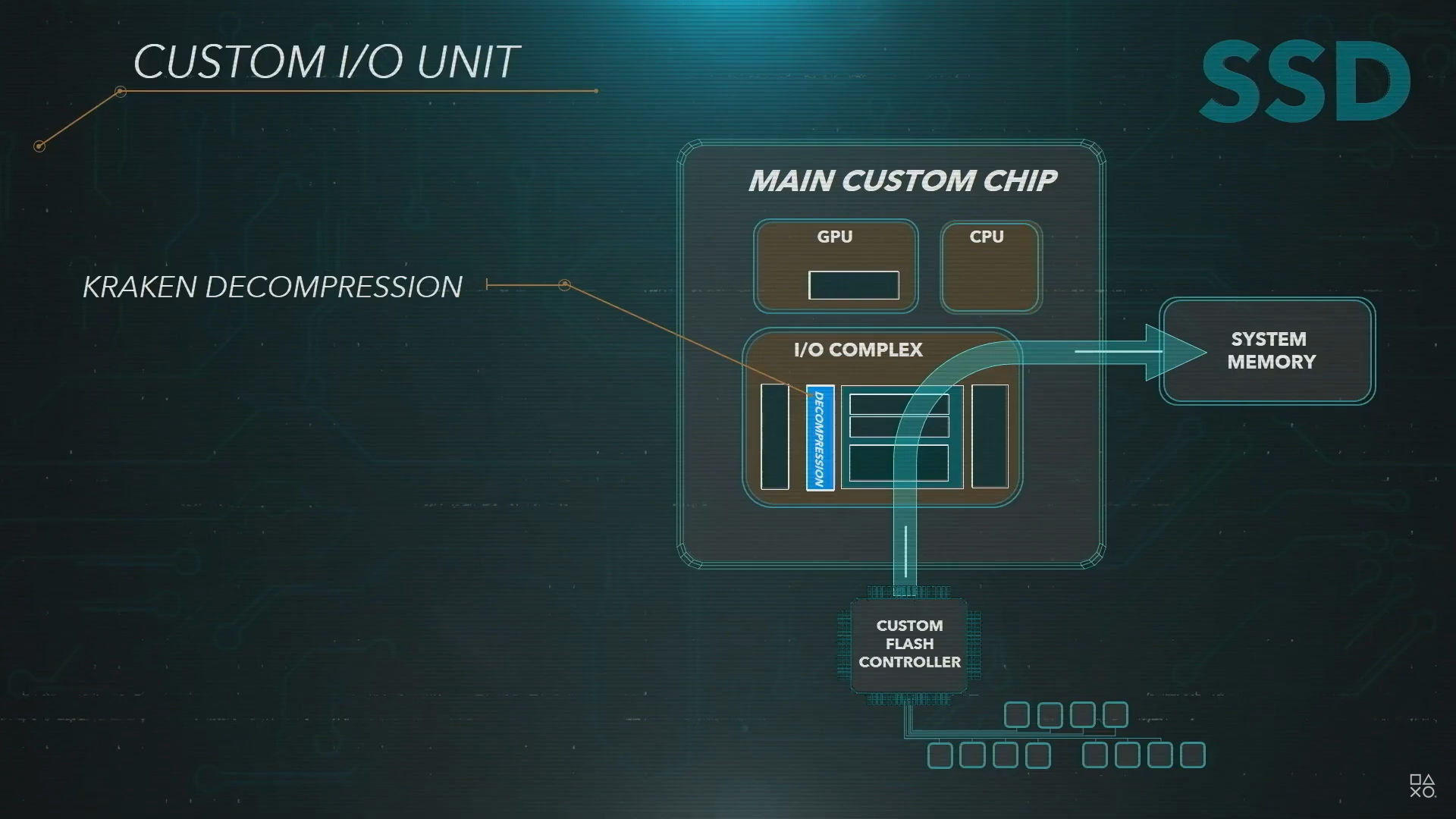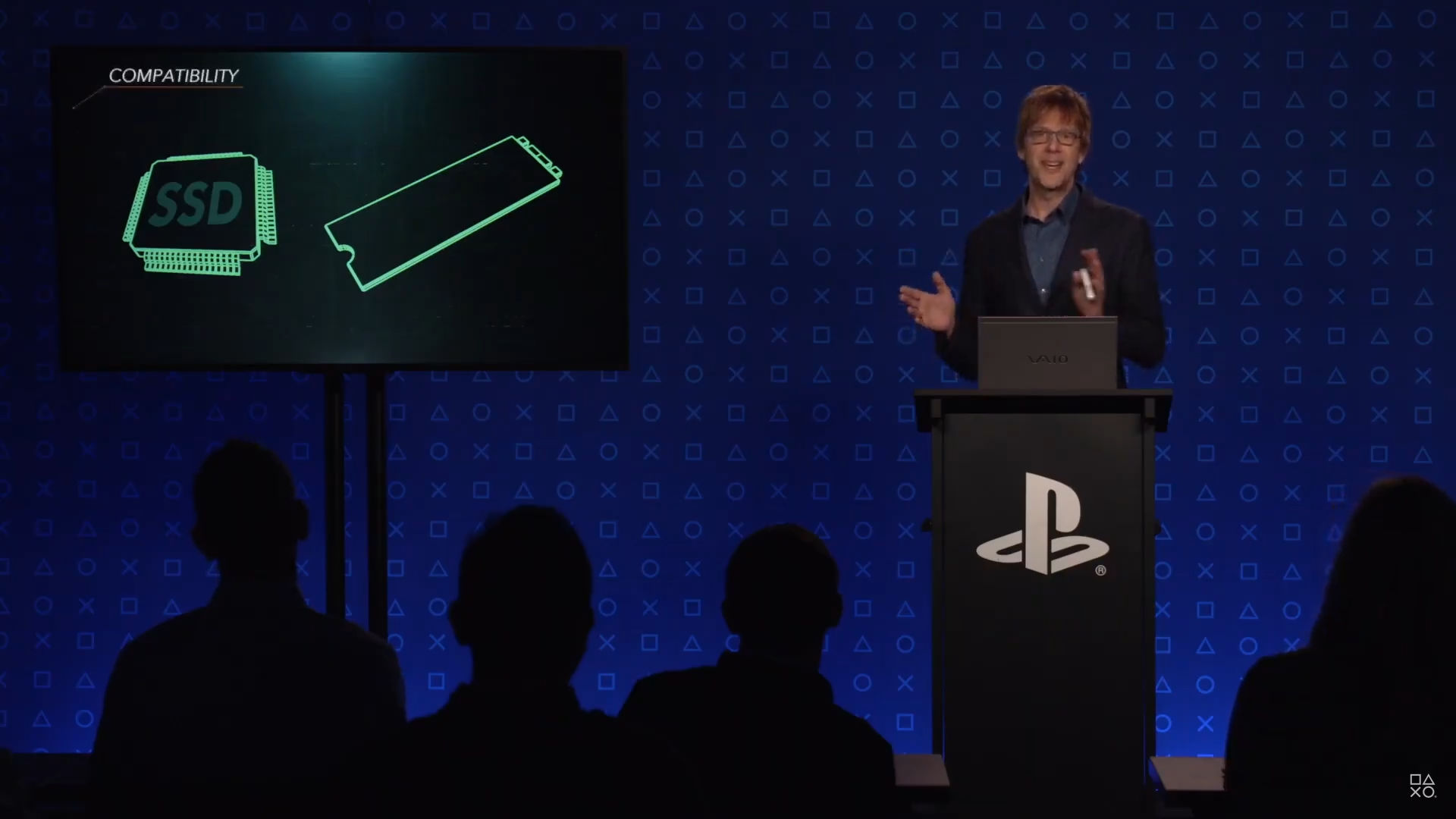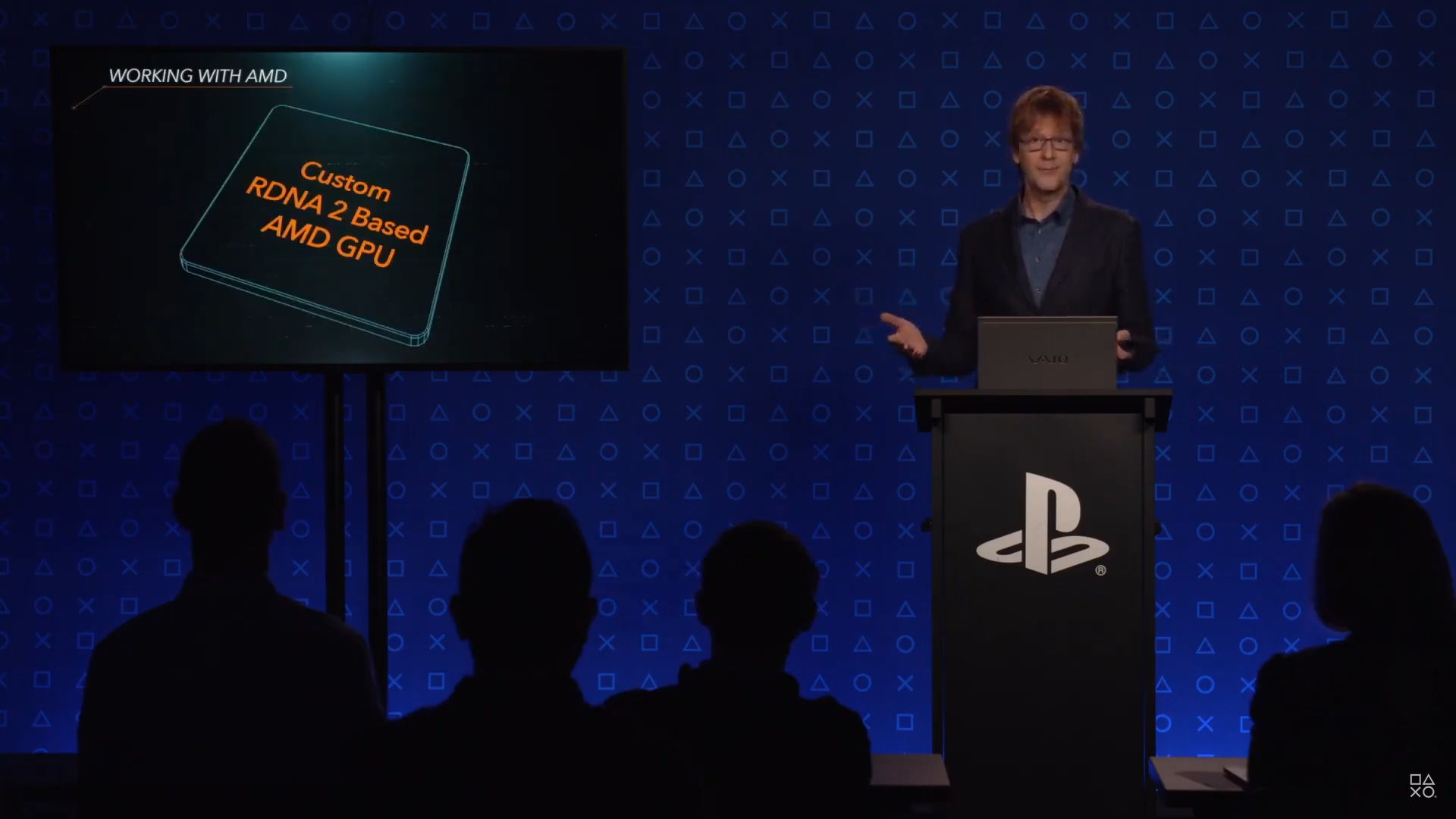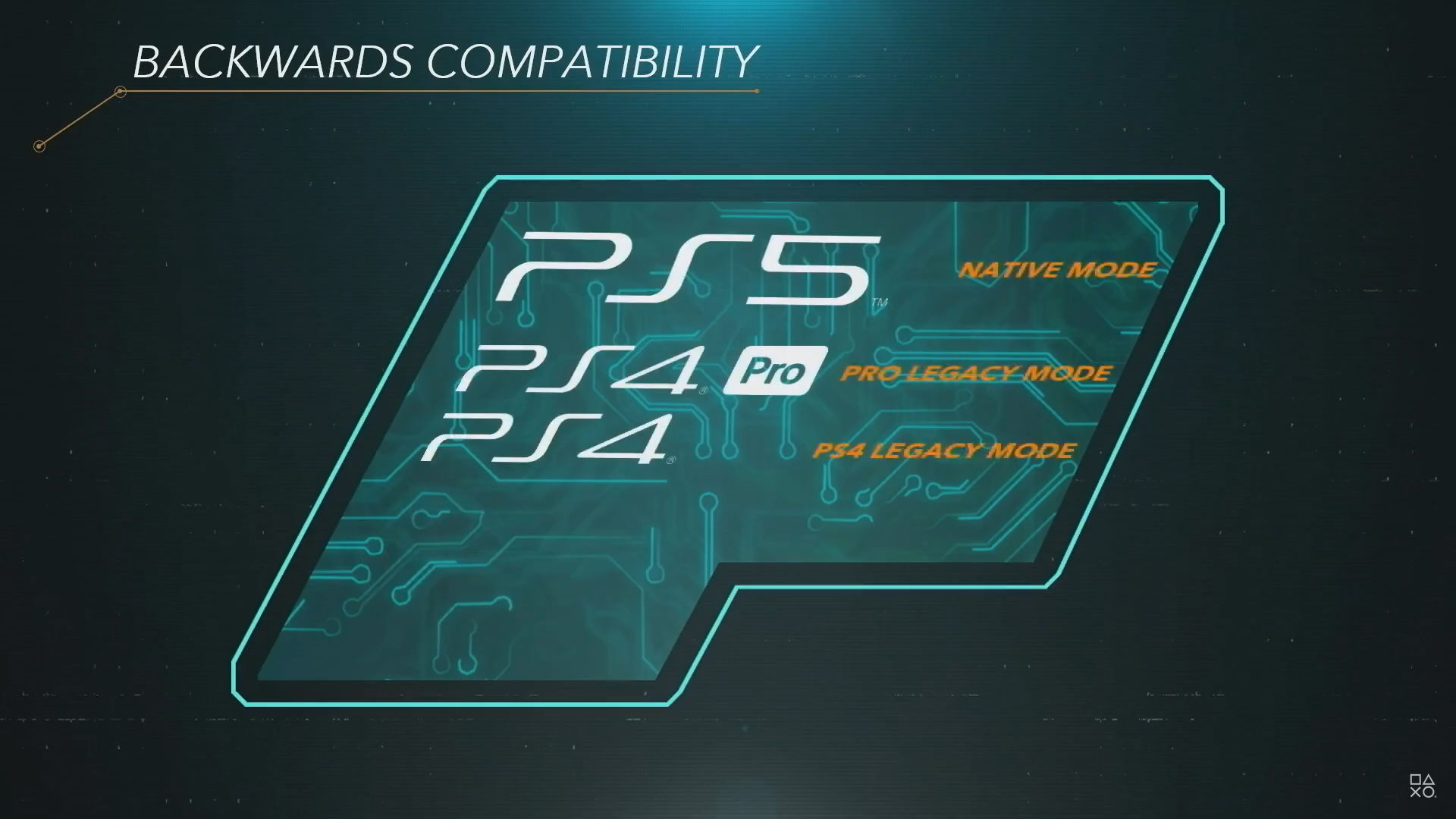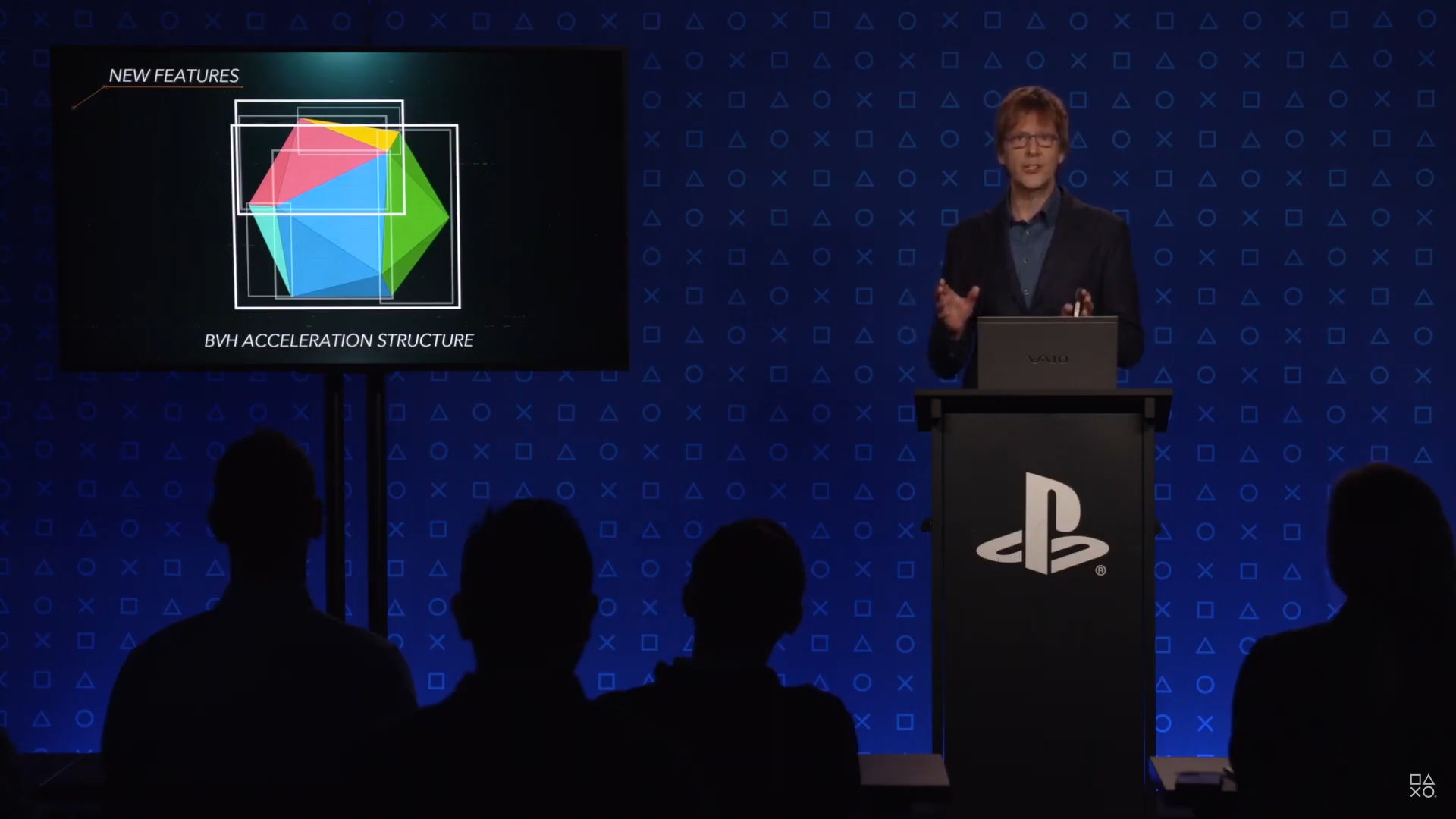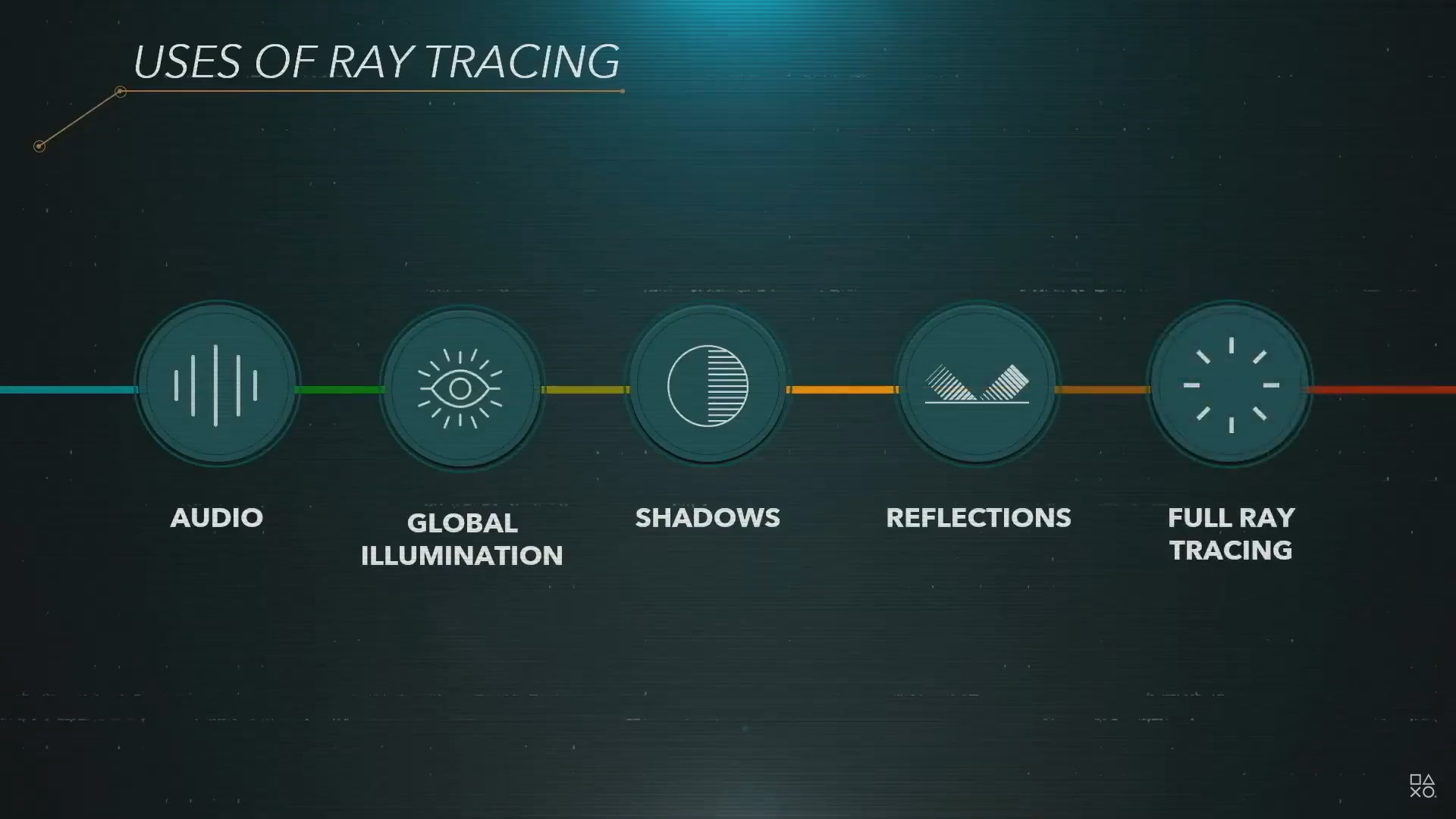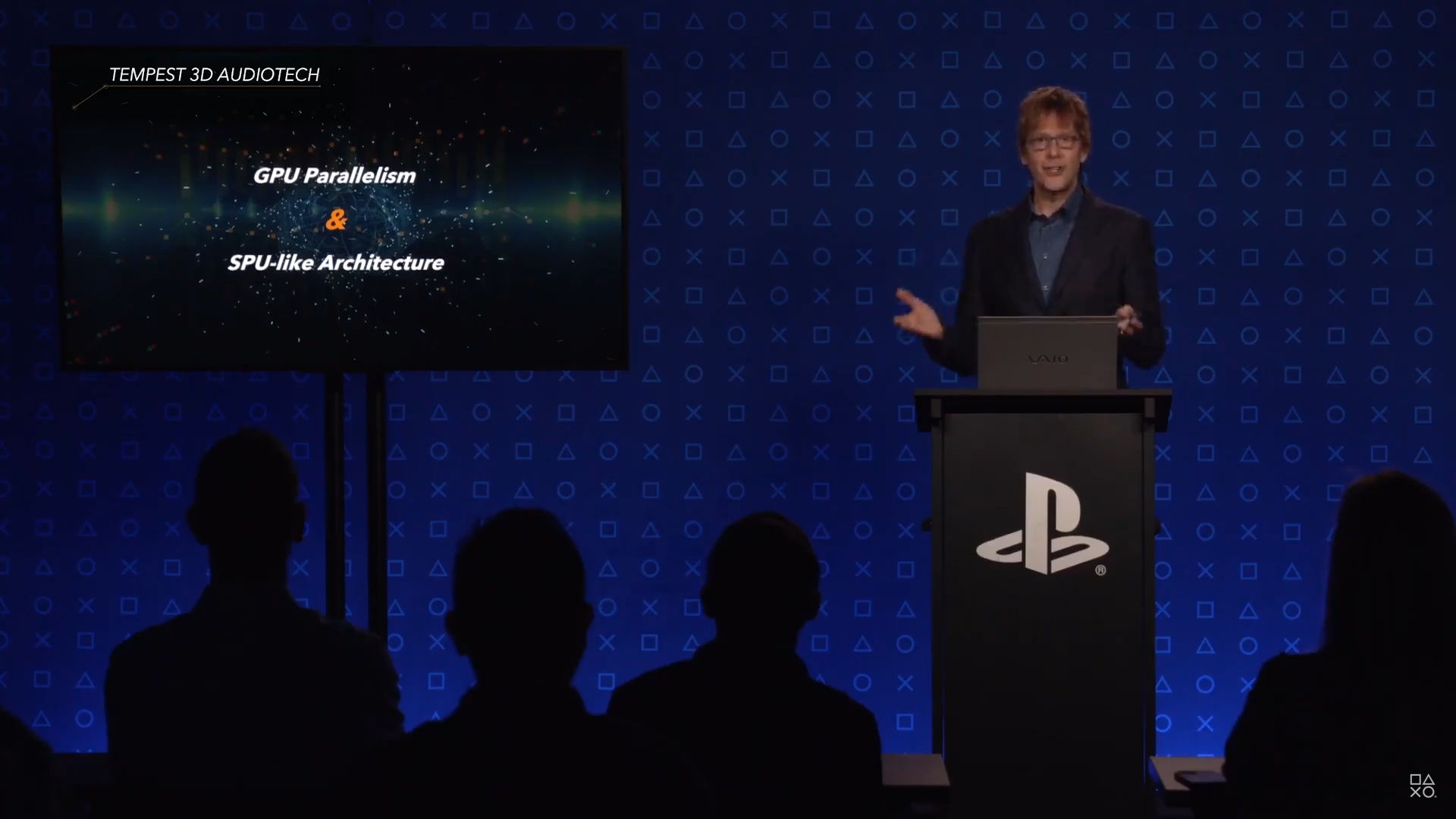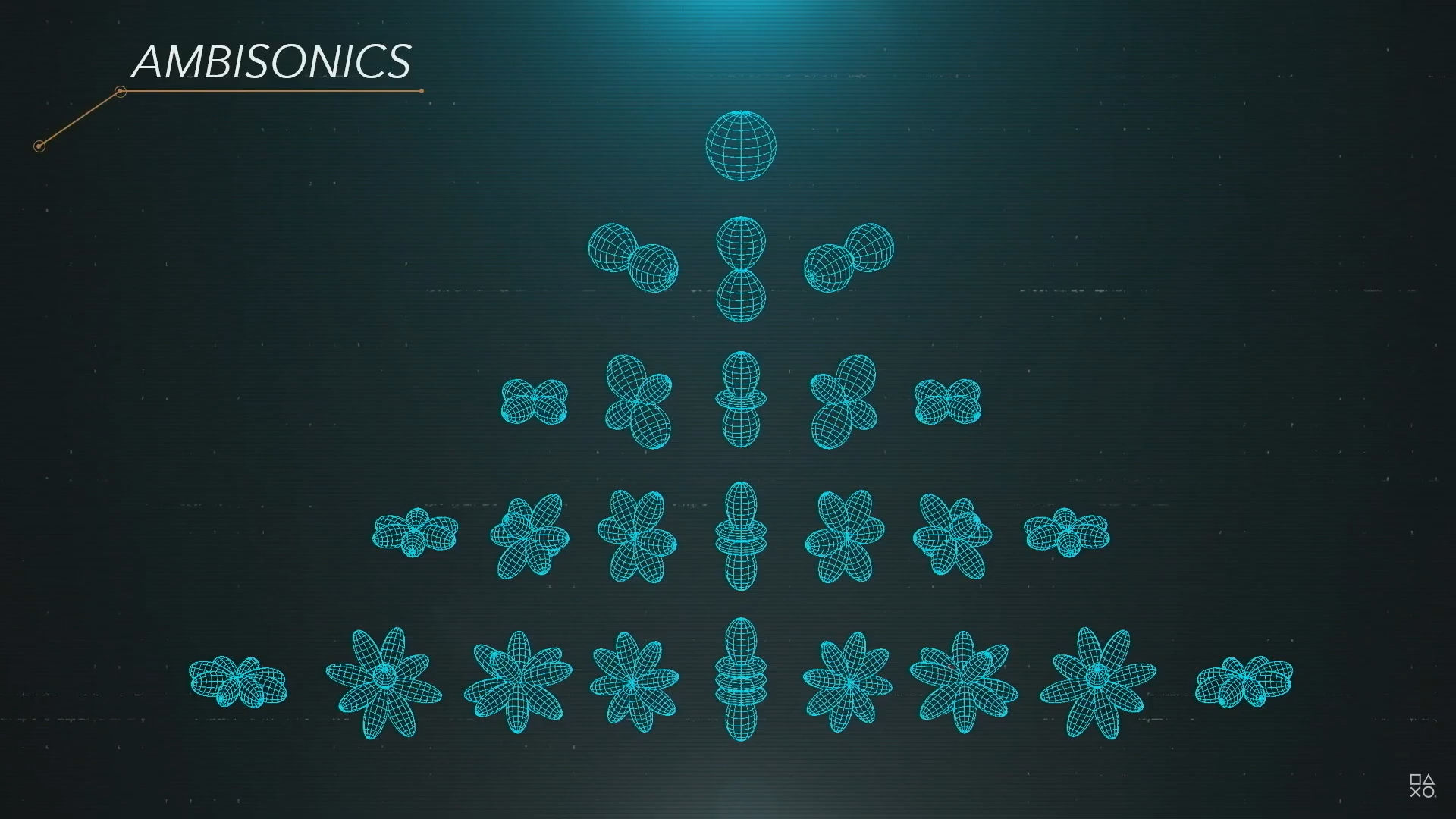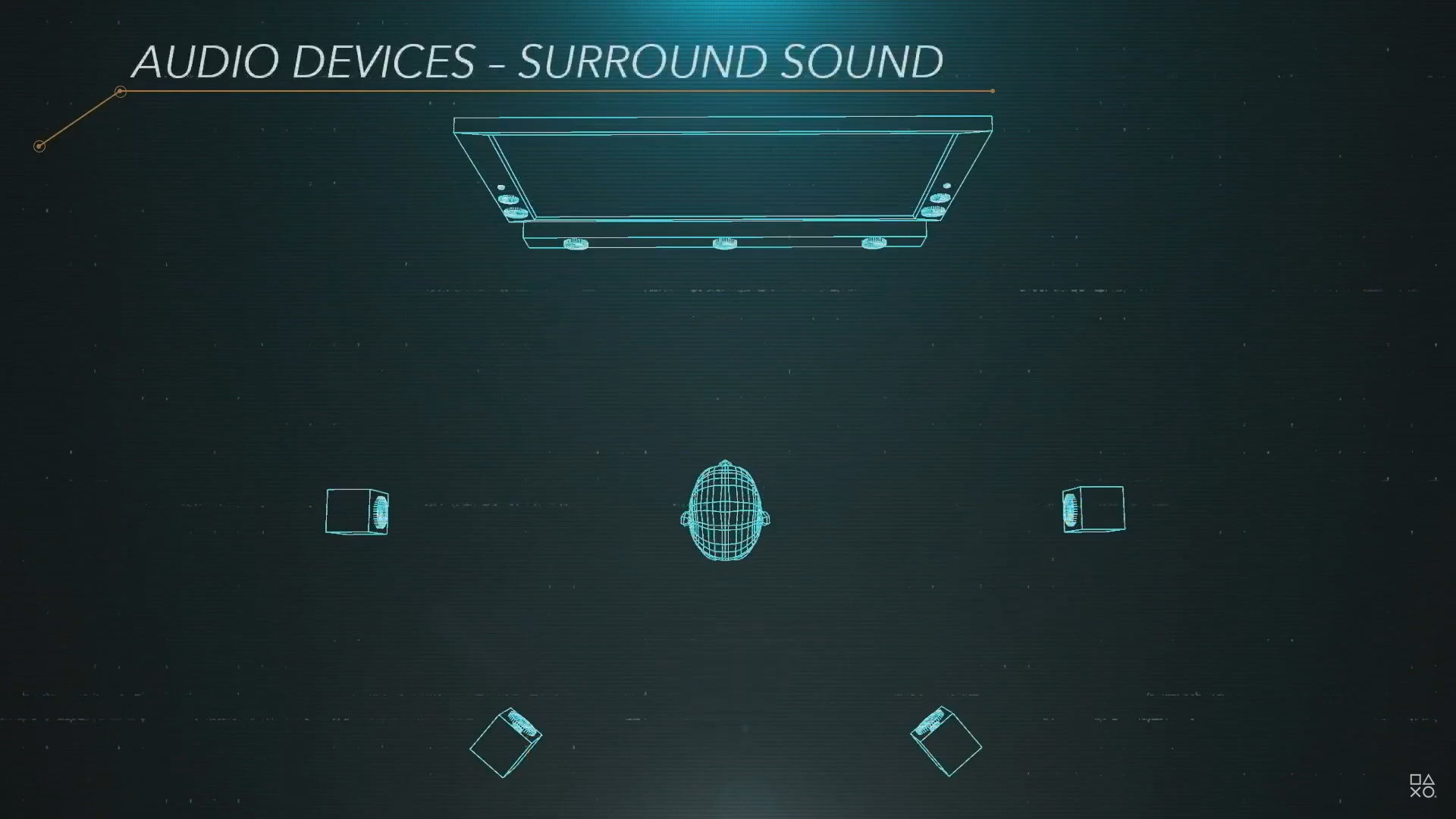Sony has revealed the full PS5 specs through a long boring presentation meant for game developers and hyper-geeks. So make sure to bring pop corn and a good supply of caffeinated drinks to endure the deep-dive tech speech dump.
We know that Diablo IV is been developed for the PC and Consoles simultaneously, so as console consumers we should get to know the specs of what is coming next from Sony.
The PS5 has the following specs:
- Custom (x86-64) 8-core/16 Threads AMD Zen 2 CPU at 3.5GHz (variable frequency).
- An AMD RDNA 2 architecture GPU running at 2.23GHz (10.3 teraflops and 36 compute units) with Ray Tracing Acceleration.
- 16 GDDR6 RAM (448GB/s Bandwidth).
- 825GB SSD (5.5GB/s Read Bandwidth — Raw)
- PS5 Game Disc: Ultra HD Blu-ray (up to 100GB/disc)
- Integrated I/O system.
- Tempest 3D AudioTech.
- Support for 4K TVs at 120Hz, and 8K TVs. VRR (specified by HDMI v2.1).
- Backward Compatibility with 4000 PS4 titles.
A large portion of the conference was spent explaning the SSD features within the PS5.
BANDWIDTH
The PS4’s HDD bandwith allows 50-100MB/s of data.
The PS5’s SSD at least 5GB/s of data.
The PS4’s Seek Time takes between 2-50 miliseconds, while the PS5 has instantaneous Seek Time.
The PS4’s Load Time is 1GB in 20 seconds, while the PS5 loads 2GB in 0.27 seconds. That is in the vicinity of 6GB per second (more or less).
MEMORY
The PS5 contains 16GB GDDR6 RAM and utilizes memory more efficiently than the PS4.
RAM in older consoles mostly park the data and it sits idle until or if it is needed. In the PS5, however, the data is stored in RAM for active use coming straight from the SSD when needed.
DREAM OF THE SSD
The goal is to fix many hurdles affecting developers and gamers; and the PS5 specs address those with these improvements:
- Ultra Fast Boot
- No Load Screens
- Ultra High-Speed Streaming
- De-Duplicate Game Data
- No Long Patch Installs
COMPRESSION/DECOMPRESSION
The PS5 uses ZLib compression format, like the PS4, but Sony made a few tweaks to catch up with modern-time technologies. The PS5’s I/O system has a custom decompressor that handles 5GB of RAD Games’ Kraken format input data per second. However, it can handle up to 22GB if the data happened to compress well.
In terms of performance, that custom decompressor equates to 9 of the Zen 2 cores. A conventional CPU without the PS5’s Custom I/O Decompressor would need 9 cores to decompress those 5 GB of RAD Kraken format input data.
The DMAC (Dedicated DMA Controller) removes the Check In as a bottleneck. The game can direct exactly where it wants to send the data coming from the SSD. Without the DMAC, it would normally need 2 cores of the AMD Zen 2 CPU to perform that task.
There are two dedicated I/O coprocessors in a large ramp pool. These direct the variety of custom hardware around them.
One of these coprocessors is dedicated to SSD i/o to bypass traditional file i/o and its bottlenecks when reading from the SSD.
The other coprocessor is responsible for memory mapping (for map/remap tasks) which eliminates the traditional file i/o bottleneck.
The main custom chip also contains Coherency Engines to assist the I/O Coprocessors. The Coherency Engines inform the GPU of the overwritten address ranges and flushes the stale data in the GPU caches.
EXPANDABILITY
You will be able to add third-party external HDDs for backward compatible PS4 games, or third-party internal M.2 SSDs which you can install in a bay within the PS5.
These two options connect directly into the custom I/O unit to take advantage of its decompression I/O coprocessors and all its features.
There is however a requirement for third-party SSDs… these need to be PCIe 4.0 compatible and be able to transfer 7.0GB/s. The second requirement is that it physically fits within the PS5 bay. Don’t buy external or internal drives just yet. PS5 will inform at the appropriate time which they will support.
BACKWARD COMPATIBILITY
Sony has tested the Top 100 PS4 games with the PS5 and expect to test and support more games to make sure they are ready when the PS5 launches.
NEW FEATURES
- Geometry Engine using primitive shaders.
- Ray Tracing
- Power Consumption Efficiency.
- 3D Audio for All: Tempest 3D Audio Tech Engine is part of the unit, not a peripheral. Best when using headphones, but Sony is working on Surround Sound for TV Speakers and also TV 6-channel surround sound.
Hope you enjoyed this article. Please, support Blizzplanet on Patreon (monthly) or PayPal (once), and follow us on Twitter, Facebook, YouTube, and Twitch for daily Blizzard games news updates. |
 |

